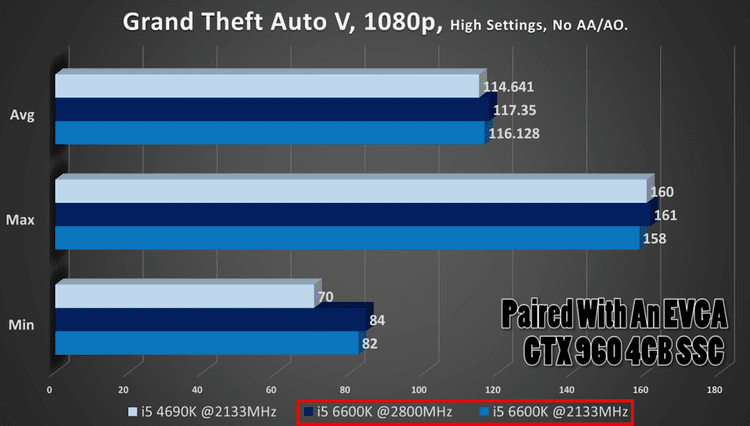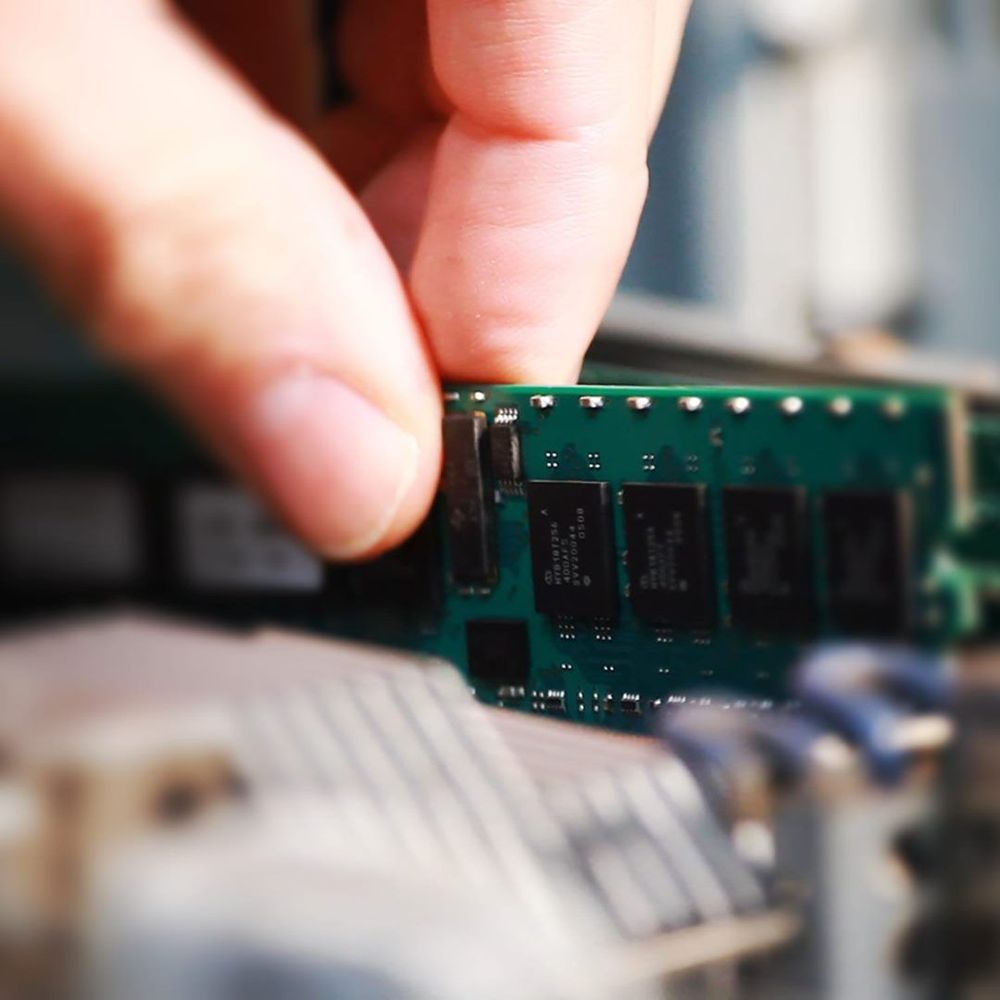

OLOy Owl Best Budget RAMĢ See on Amazon Capacity: 16GB (2 x 8GB) | Memory Type: 288-Pin DDR4 SDRAM | Memory Speed: 3,200MHz | CAS Latency: 16 | Timings: 16-18-18-38 | Height: 43.5mm/1.71"įor a DDR4 straight-shooter you'll get good value out of the Teamgroup T-Force Dark Z. To top it off, you get extra flair with 10-zone RGB lighting along the top of the modules, while the whole kit will set you back less than $200. And though you do get a higher CAS latency of 40, making timings seem a bit slower, you’ll still enjoy serious performance due to how DDR5 memory operates.

The two speedy sticks operate at an effective 5,600MHz, which is easy to get up and running thanks to the support for XMP 3.0. That bandwidth, along with faster frequencies and lower power consumption, can also be attributed to the DDR5 memory over DDR4, so it'll work great with the newest AMD and Intel motherboards.

It delivers 32GB of memory split between two sticks, so you can use a dual-channel configuration to increase your memory bandwidth. If you’re looking for a reliable kit of straight-shooting, high-performance RAM that should work seamlessly with the latest machines, from budget builds to high-end rigs, the Corsair Vengeance RGB is the best. If you're hoping to learn more about RAM, we've also got explanations of some of the main details below our product recommendations – and click here to find them in the UK.Ĭapacity: 32GB (2 x 16GB) | Memory Type: 288-Pin DDR5 SDRAM | Memory Speed: 5,600MHz | CAS Latency: 40 | Timings: 40-40-40-77 | Height: 45mm
#Ram fastest speed ns plus#
We've selected a number of excellent RAM kits, ranging from stalwart DDR3 RAM to fit in an older system up to high-end DDR5 RAM that can overclock to insane speeds, plus a handful of sharp-looking RGB kits that complement their own speeds with killer looks. We'll help make picking RAM easy for you, though. All of these things will vary between different memory kits, so you can't expect one 16GB kit of DDR4 memory to be the same as another.
#Ram fastest speed ns install#
The best way to optimize RAM performance is to install as much memory as possible, use the latest memory technology, and choose modules with the right amount of speed for the applications you're using.Beyond the capacity, you'll have to consider things like whether you want to take advantage of dual- or quad-channel memory, the memory speed you want to run at (yes, RAM has a clock speed much like a CPU), and perhaps the even more complicated CAS latency and memory timings. So to put everything together and answer the classic question, speed is more important. In this same span, speeds have increased by over 1,300 MT/s, offering a substantial performance boost. While there are several instances within this range where true latencies increased, the gains have been by fractions of a nanosecond. Note that when we say "true latencies are remaining roughly the same," we mean that from DDR3-1333 to DDR4-2666 (the range of current memory), true latencies started and ended at 13.5ns. Translation: since speeds are increasing while true latencies are remaining roughly the same, you're able to achieve a higher level of performance using newer, faster, and more energy efficient memory. As memory technology has evolved, speeds have increased and clock cycle times have decreased, resulting in lower true latencies as technology has matured, even though there are more clock cycles to complete.


 0 kommentar(er)
0 kommentar(er)
